Artigiano del cuoio, a skin to the plant with a heart of metal
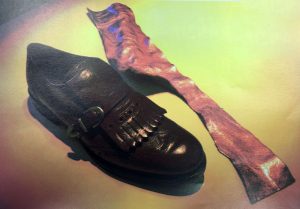 Among the many novelties of the season 2016-2017 season is the one that is proposed by the company “craftsman of leather” to Ponte Egola: a skin to the vegetable with a heart of metal, i.e. of an aluminum thin but very strong, similar to that used in the food sector.This material favors the creation of footwear, also of bags that you crumple at will, as if they had a memory itself in the folds. The holder of’company Simona Marianelli, says”An article very elaborate, because it is perfectly open to half a skin already very thin in order to introduce the foil”.in itself in the folds.
Among the many novelties of the season 2016-2017 season is the one that is proposed by the company “craftsman of leather” to Ponte Egola: a skin to the vegetable with a heart of metal, i.e. of an aluminum thin but very strong, similar to that used in the food sector.This material favors the creation of footwear, also of bags that you crumple at will, as if they had a memory itself in the folds. The holder of’company Simona Marianelli, says”An article very elaborate, because it is perfectly open to half a skin already very thin in order to introduce the foil”.in itself in the folds.
A production began in 1920 thanks to the grandfather of the homonymous Faustino Marianelli, that to Bridge Egola was performing all the steps of the processes, which at the time were carried out in a manual manner. The production began with the peel from the trees was milled to produce the tannin, primary element for tanning the plant and the hides were immersed into tanks for weeks, while the drying was dependent on the weather conditions: thanks to the sun, the hides were hung along the walls of’company.
The success of’company always guaranteed, thanks to’skills holder and on the meticulous work of officials who were awarded with a cash prize bestowed at the end of the work week. With the time came the need to expand the production and offer clients also leathers from work for shoes or leather goods. It is in this context that the craft of leather became a point of reference in the sector.
The future without leaving the tradition
The secular tradition continues thanks to Children in activity, that adapting the activities to existing regulations, have not neglected the past made of sacrifices. The new know-how involves all business decisions, from the choice of raw materials up to the subsequent steps of the processing of the hides.
The production is leather and leather tanned vegetable to 100% for leather goods, belts, bookbinding, shoe and furnishings and raw materials, carefully selected are the exclusive European origin.
Source: Tecnica Calzaturiera September 2016 page 69



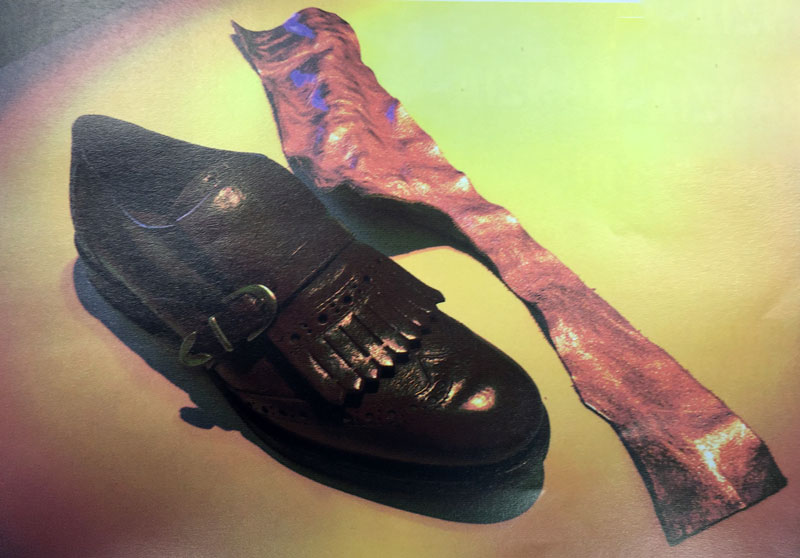
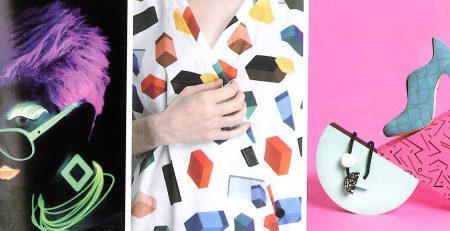
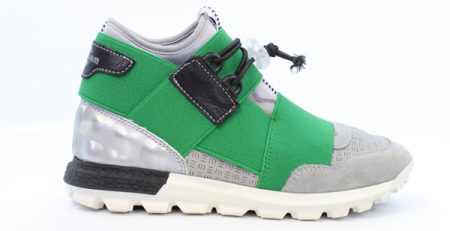

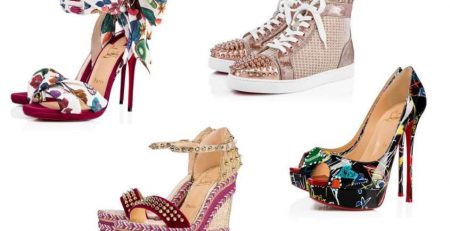
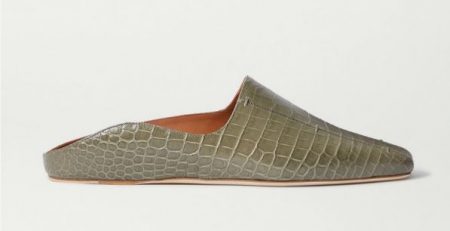
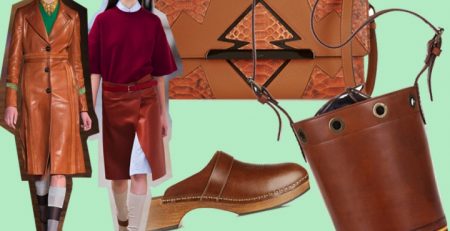
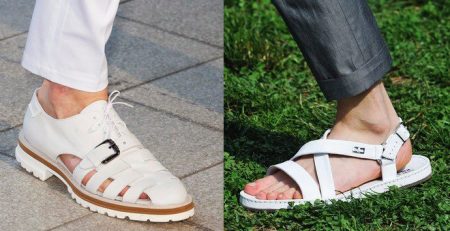
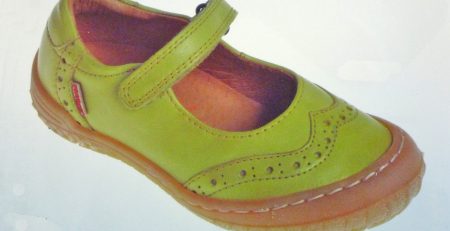
Leave a Reply